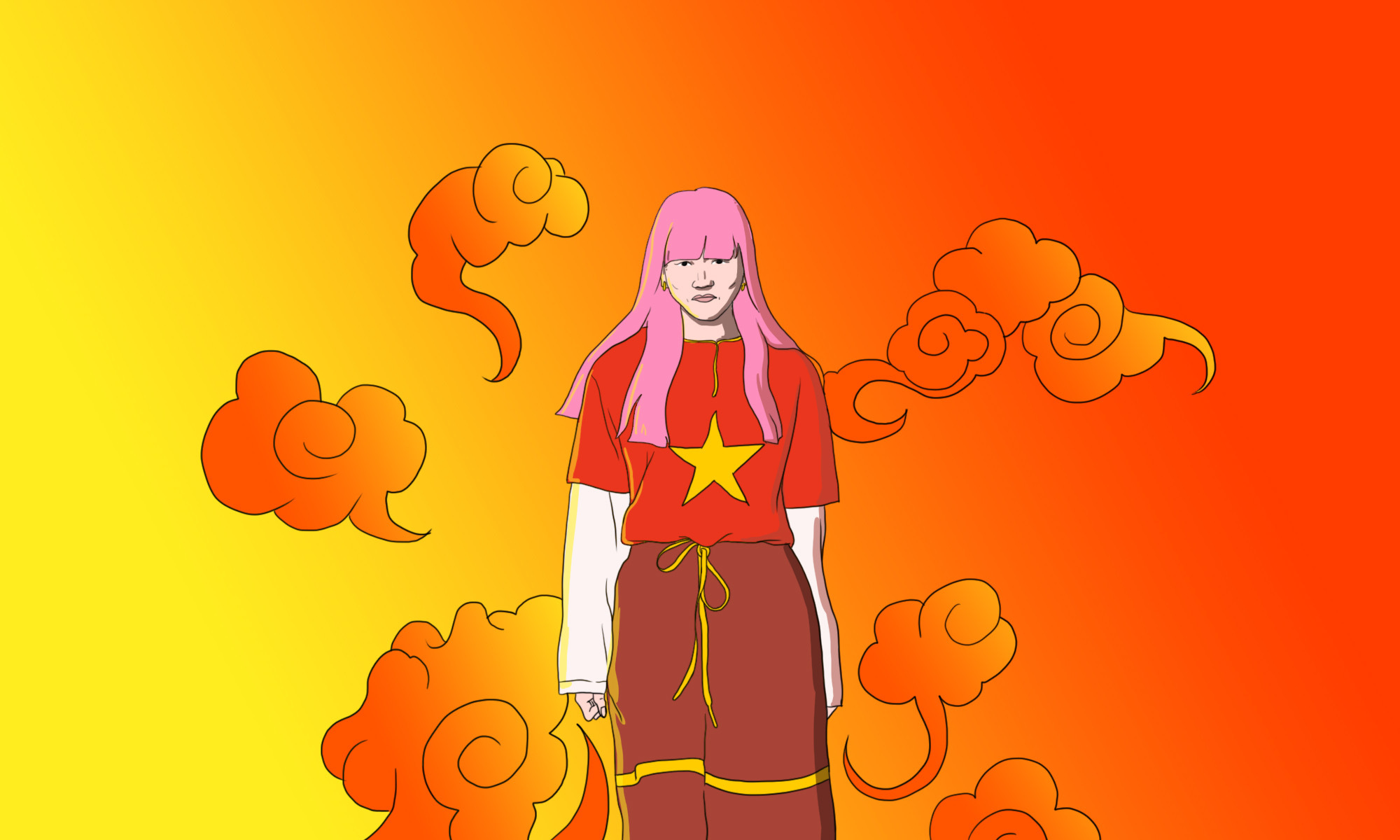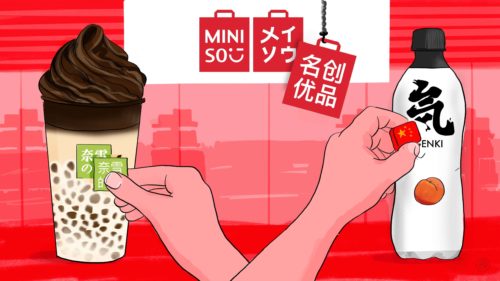China’s brand nationalism is actually working for foreign brands, too
As guochao has evolved, so have the China strategies of foreign luxury brands.

The term guócháo 国潮 — literally, “national wave” — began as a way of signifying a preference among Chinese consumers for domestic brands, or at least those with local characteristics, designers, or marketing. But it has evolved, and the definition has also broadened.
Brands that have struggled to localize have paid the price. This was the case in mid-April, when Dior ran a “slanted-eyes” ad on social media, which led to widespread criticism — including from the Chinese state-owned Global Times.
But the evolving nature of guochao also means foreign brands have more of an opportunity. “The current guochao is generally characterized by Chinese style, young people, and originality,” says Olivia Plotnick, the founder of Wai Social, a social media marketing agency. “The concept of ‘originality’ has expanded to encompass almost every creation related to China.”
Examples include Hennessy’s collaboration with artist Cài Guóqiáng 蔡国强 for its 150th anniversary, and Estée Lauder’s recent collaboration with prominent London-based, China-born designer Feng Chen Wang (王逢陈 Wáng Féngchén) on a limited makeup collection. Dior, despite its recent misstep, has also capitalized, with its 2021 fall men’s collection, made using the traditional Chinese craft technique of seed embroidery in its shoes and bag, and combining zodiac animals with streetwear designs. In 2020 and 2021, Louis Vuitton collaborated with Chinese artists for its “Artycapucines” campaigns, utilizing the likes of Liú Wěi 刘韡, Zhào Zhào 赵赵, Zēng Fànzhì 曾梵志, and Huáng Yù 黃域.
The positive Chinese reception of these campaigns suggests that Western brands are able to adapt. Consider it Chinese nationalism with Western characteristics.
This might not have been the case in 2014, when Xí Jìnpíng 习近平 proposed “the transformation of Chinese products into Chinese brands.” The concept really took off when Alibaba launched the New Chinese Products Program, helping 134 domestic brands exceed 1 billion yuan in annual sales on the Tmall ecommerce platform in 2019.
“Certain Western brands in China simply use guochao as an excuse for their failure to localize,” said Harriet Sheffer, the marketing and strategy director for the Asia-Pacific region for Outform, which describes itself as an “innovation agency.”
This current version of guochao is led by Gen Z members, who earn more than previous generations and are more interested in fashion and luxury spending. Gen Z accounted for 23% of China’s fashion consumers, only next to millennials, and is set to grow faster than other generations. Gen Z is more interested in new Chinese brands. It is also louder on social media, which has been a key driver of the guochao trend.
Western luxury brands have noticed, and are shifting their strategies accordingly.
One prominent success story occurred in April, when Prada converted the historic Rong Zhai mansion in Shanghai into an outdoor market for a weekend. Nearly 3,000 visitors swung by to shop for fruits, vegetables, vinyl, and more, wrapped in Prada packaging and with Prada tokens. The event exploded on Xiaohongshu, one of China’s leading marketing platforms, with 6.6 million views of the hashtag “Prada Rong Zhai” just one week later.
In a similar vein, Italian luxury brand FENDI recently collaborated with HEYTEA, a brand that highlights its Chinese nationality through its designs and products, and is loved by Gen Z. They launched a pop-up tea lounge under a common banner in Beijing last month, and received more than 2 million views on their hashtag #喜茶FENDI.
Still, brands need to be cautious. “Given the current political environment, it is important to exercise caution when dealing with sensitive subjects such as Taiwan, Tibet, and Xinjiang, and crucial to understand the boundaries of ‘humor,’” says Plotnick. “Cultural differences between the West and China can lead to some jokes being taken seriously, potentially resulting in unnecessary brand crises.”
In the end, the focus needs to be on quality. Chinese consumers don’t buy Lining 李宁 simply because the brand is Chinese (though it received a boost in sales during the Xinjiang cotton boycott, which impacted foreign competitors Adidas and Nike). Chinese consumers buy Lining because of its value for money and design.
“It is a mistake to think of guochao simply as a patriotic trend,” says Hú Yùwǎn 胡玉婉, the vice president of Daxue Consulting. “Chinese consumers usually look at the value for money and design before a brand’s nationality.”
“Of course I would consider Chinese brands, if the product were as good,” said Yeung San (王江洋森 Wáng Jiāng Yángsēn), a 21-year-old luxury consumer. In the same breath, he says his favorite luxury brands are Chanel and Hermès.
The increased sophistication of Chinese brands, and more importantly, their greater value for money relative to Western counterparts, has been a key driver in the guochao trend. Why spend more, when you can get the same quality for cheaper?
“The quality [of Chinese products] is the same now, so Western brands are having to clarify their unique selling point (USP) beyond this more than ever before,” says Anaïs Bournonville, the head of the luxury division at Gentlemen Marketing Agency.

